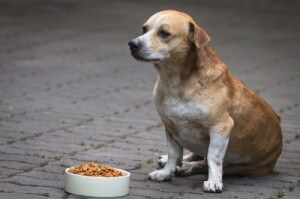
What is in your pet’s food anyway? When you read the list of ingredients do names like chicken meal, or filler mean anything to you? Probably not. But here is what industry standards deem fit for your pet to eat.
Binders and Carbohydrate Sources
You might recognize these as the label calls them Corn/Rice Meal, Feeding Oat Meal, Grain Solubles, Cereal Food Fines, Brewers Rice, Soy Flour, Potato Byproduct, and/or Corn/Wheat Gluten Meal.
Some of these are used as protein source, but these are linked to diseases caused by a high intake of carbohydrates. The reason these protein sources are bad for animals is their systems are not designed for a diet containing grains. Others are binders to make the fat content in the food more like to stick or bind to other parts of the ingredients.
Most of these are used as protein supplements, but are unhealthy substitutions because cats, dogs and ferrets were never meant to eat these ingredients.
Additives
These are chemical agents such as Glyceryl Monostearates, Phosphoric Acid, Propolyne Glycol, and Powdered Cellulose.
These are used to keep the color and flavor consistent in the pet foods, as well as stopping the food from drying out. Glyceryl Monostearates is used to thicken the ingredient mixture ad should be avoided if possible. The cellulose is a pure filler and can be found in attic insulation.
Fat Sources
The ingredients list of fat sources includes Beef Tallow, Animal Fat, Lard, Poultry Fat, Vegetable Oil, and By Products.
The animal fat sources can come from a number of places, including road kill, euthanized animals, diseased/disabled/dying animals prior to slaughter. There is no guarantee that this ingredient came from a proper slaughter house.
Some of these ingredients replace the actual meat your pet should be eating, but it’s cheaper for pet food manufacturers to use these ingredients instead. There is no quality bar for these products and there is no industry regulations that state what is acceptable and what is not.
Most of these ingredients offer little to no nutritional value for your pet.
Fiber Sources
You might wonder why these are on the list of ingredients; Corn Cellulose, Corn Bran, Oat Hulls, Peanut Hulls, Rice Hulls, Soy Bean Mill Run, Wheat Mill Run, and Dried Beet Pulp.
As the title suggest these add the fiber to your animals diet to help encourage a balanced diet. However, again these add little to no nutritional value to your pet’s diet. In some cases these are floor sweepings from the left over production of human food.
Flavoring Agents and Protein Sources
A flavoring agent is used to make the taste appealing to your pet. These are labelled as Animal Digest, Digest, Flavor, Grandular Meal, Meat Meal, Bone Meal, and most foods ending in Meal.
These most often come from parts of the animal that aren’t fit for human consumption, such as hooves, tails, horns, feathers, hair, blood, hide trimmings, manure, stomach, and rumen.
These have very little nutritional value, but give the food a flavor that your pet will find suitable and some of the daily required protein.
Fruits and Vegetables
There are few fruits and vegetables actually in the food, but here are some of the by products of human food that find their way into our pet foods; Apple Pomace, Grape Pomace, and Citrus Pulp.
These are used to add fiber content to the food and nothing more.
Preservatives
BHA, BHT, Ethoxyquin, Propyl Gallate, and Sodium Nitrite/Nitrate and TBHQ are commonly used as preservatives in pet food. These are linked to chemicals that cause tumors and cancers in humans, but studies are still being conducted on their harmful effects on animals. Until there is clear evidence that these chemicals cause health problems in animals they will continue to use them in the pet foods.
Suppliments and Sweeteners
Supplements are used to give the pet food the calcium, minerals, and flavoring it needs to make it palatable as well as somewhat healthy for you animal. These ingredients include; Salt, Bone Phosphate, Mineral Oil, Yeast Culture, Yeast Fermentation Solubles, Propylene Glycol, Fructose, Corn Syrup, Cane Molasses, Sorbitol, DI-Alpha Tocopheral Acetate, and Sugar.
You may feel that there isn’t anything you can feed your pet, but there are some companies out there making all natural products for your pet. Here are a few websites to check out for a healthy alternative to grocery store brands or pet food.
Halo Pet Foods
Evive
Naturapet
 What should you look for in a kennel when you board your pet? You want someone to care for your pet the same way you would, but how do you find that special place? The following are tips for finding the best care for you pet while you’re away from home.
What should you look for in a kennel when you board your pet? You want someone to care for your pet the same way you would, but how do you find that special place? The following are tips for finding the best care for you pet while you’re away from home.



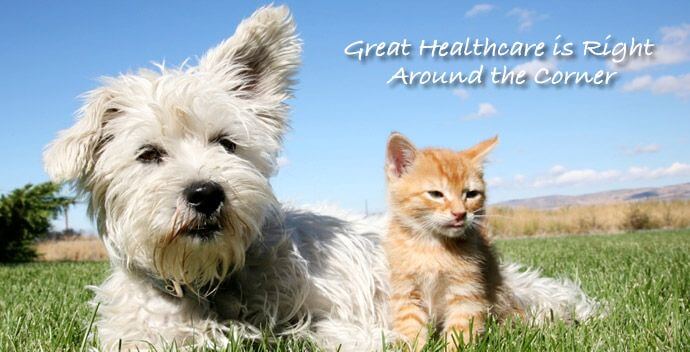
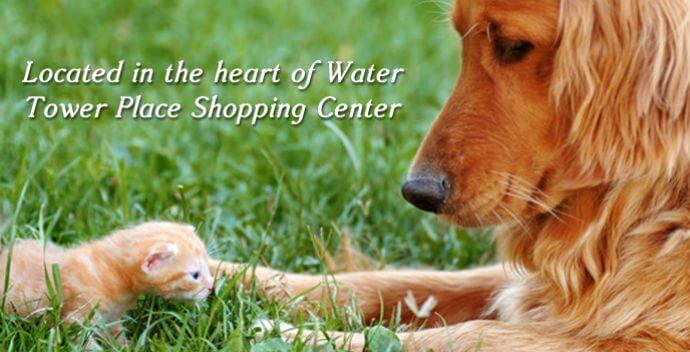
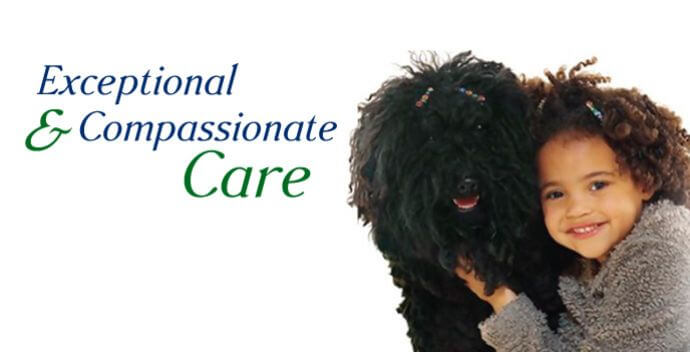
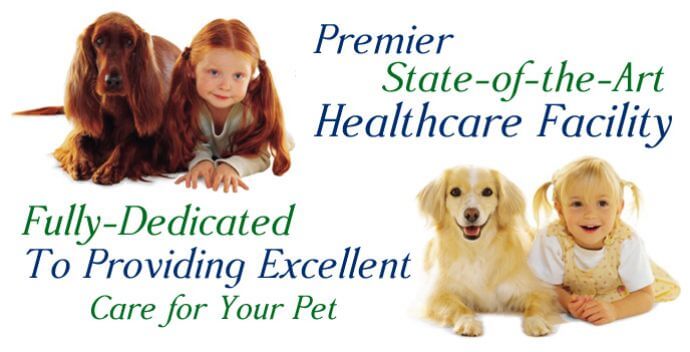



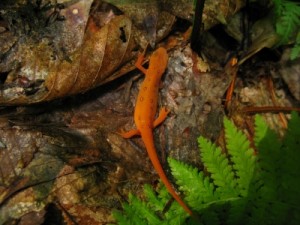
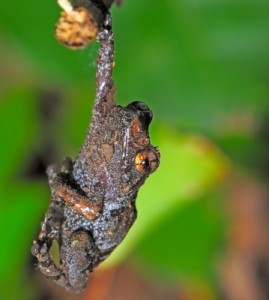

 Website Created by TCP Global Solutions
Website Created by TCP Global Solutions